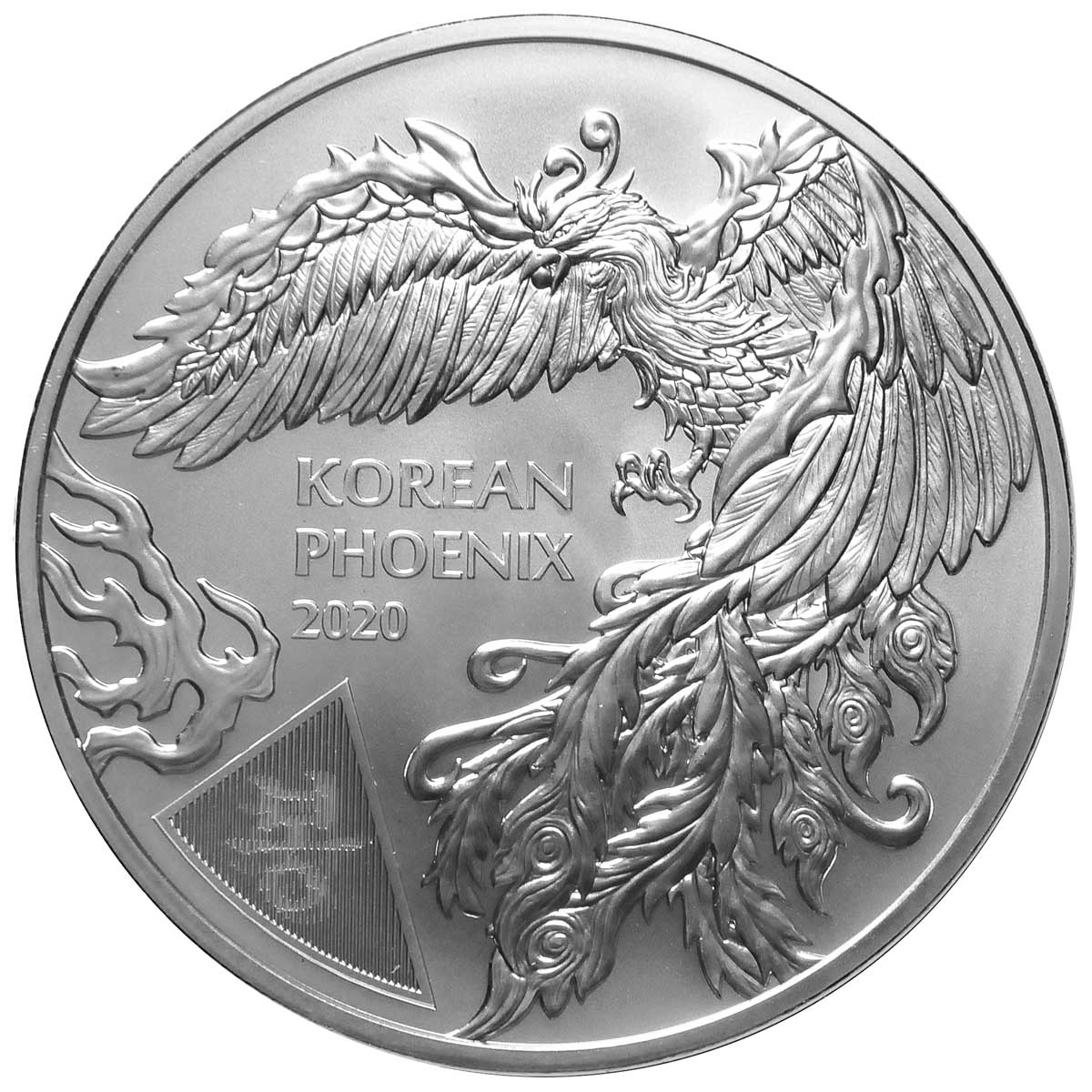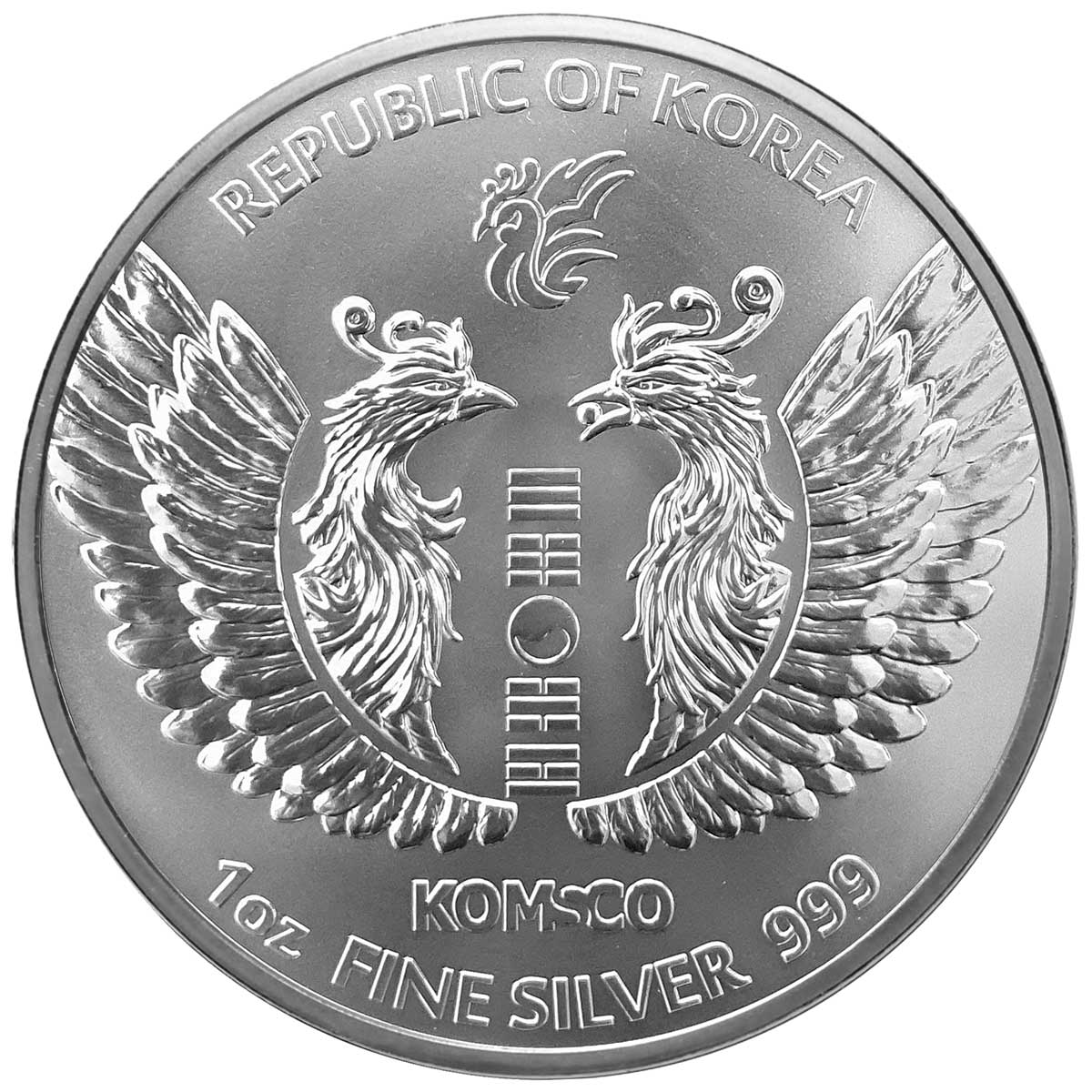The Phoenix is a popular icon in Asian mythology, just as it is in Europe. The Western image of the fantastical bird rising from the ashes of its own corpse is a powerful symbol of rebirth – the growth of the new from the old. In Korea, the bird is known as Bonghwang 봉황, the Korean pronunciation of the Chinese fenghuang, and has a different meaning. In Asia, the Phoenix is often seen in partnership with the Dragon, sometimes taking gender roles, with the role similar to the Western Phoenix filled by a different creature called Bulsajo 불사조 (不死鳥), or “immortal bird”.
The Korean Phoenix has a long history in this ancient culture, reaching right up to modern times. The Phoenix Throne has been the term used to describe the rulers of the Joseon Dynasty since 1392, and it carried on that role with the formation of the Empire of Korea in 1897, although that ended quickly when the country was occupied by Japan in 1910. The origins of its use extend considerably further than that, however, with cave paintings in Korea featuring the myth dating back over 1,000 years before the formation of the Josean Dynasty.
Today, the Phoenix, actually a pair of them, appears on the Korean Presidential Emblem and the Presidential Standard, so the choice of this mythical bird for a Korean bullion round is certainly an appropriate one for KOMSCO, especially as it’s the first one they’ve released specifically designed for the investment, rather than the collectors market.
The main face of the coin is the more artistic and dynamic of the two. You can see the familial resemblance with the creature from Western mythology, sans the bursting from flames of course. but the symbolism is different. Wings spread, the bird is shown as if watching over the country, in its mouth an orb said to make everything ‘better’. It’s a lovely depiction that fits the round coin face very well indeed.
The unusual ridged area occupying the lower-left area is one of the mints clever lenticular-effects actually struck into the coin, rather than being a seperate aftermarket treatment undertaken in resin or colour. The primary function of this is security – it’s hard to counterfeit effectively – but KOMSCO have revealed plans to expand its use to the background field of its more numismatic efforts. We’ll look out for those later this year, hopefully. In this case, the character changes from ‘Bong’ to ‘Hwang’ as it’s rotated from left to right and back again. You can see it in the video below.
The other face carries the more modern and symbolic double-phoenix that has been a popular motif in Korean government since its adoption in 1967. The issue details are inscribed around the pairing, including the name ‘REPUBLIC OF KOREA’, but it doesn’t carry a denomination.
A very pretty issue that fulfills the brief of promoting the country of origin to the wider world. While Western nations tend to go with a human, usually female personification of national spirit, it is mythology that does the job in Asia – look at Singapore’s Merlion, for example. We’re unsure at present if this is to be a design that repeats every year, or is changed on a regular or semi-regular basis, but this is certainly one up to the job. Available soon in 1oz fine silver form only, this looks to be one to add to the stack if premiums are sensible, and certainly one for the collector in the current market, where design has become more important than ever.
| SPECIFICATION | |
| DENOMINATION | None |
| COMPOSITION | 0.999 silver |
| WEIGHT | 31.1 grams |
| DIMENSIONS | 40.0 mm |
| FINISH | Brilliant uncirculated |
| MODIFICATIONS | Latent image security |
| MINTAGE | Unlimited |
| BOX / C.O.A. | No / No |




Picked up 5 of these on pre-release can’t wait for 10oz